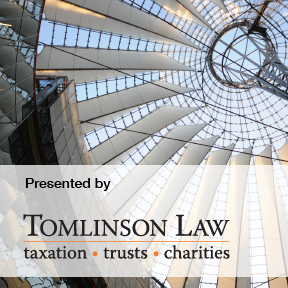Description
 A Practical Guide.
A Practical Guide.
Companies can carry forward tax losses, even if there has been a breach of shareholder continuity, provided there has been no “major change” to the company’s business during the continuity period.
This webinar considers the application of the business continuity rule, including:
- When the new business continuity rule applies, and what losses it applies to;
- How business continuity is assessed, including what factors are relevant and what business changes can be disregarded;
- How long a company needs to maintain the same business after a shareholding change; and
- What anti-avoidance rules apply to ensure the new tax loss continuity rule works as intended.
Inland Revenue guidance on how the new business continuity rule applies will also be considered, along with a number of practical case studies.
ORIGINAL BROADCAST DATE
8 August 2024
LEARNING OUTCOMES
You will:
- Understand when the business continuity rule applies to allow a company that breaches the 49% shareholder continuity test to carry forward tax losses.
- Know the extent to which the business continuity rule can apply to old losses, and to loss companies which have been dormant before a shareholding change.
- Learn what factors are relevant when assessing whether there has been a major change to a company’s business.
- Know how long business continuity must be maintained after a shareholding change.
- Learn about the anti-avoidance rules which have been introduced to ensure the business continuity test applies as intended.
- Understand the interaction between the business continuity rule and the loss grouping rules.
SUITED TO
Accountants of all levels, tax lawyers, corporate lawyers and others who assist or advise on the sale and purchase of shares.
PRESENTERS
Harry Waddell, Senior Associate, Tomlinson Law
 A Practical Guide.
A Practical Guide.